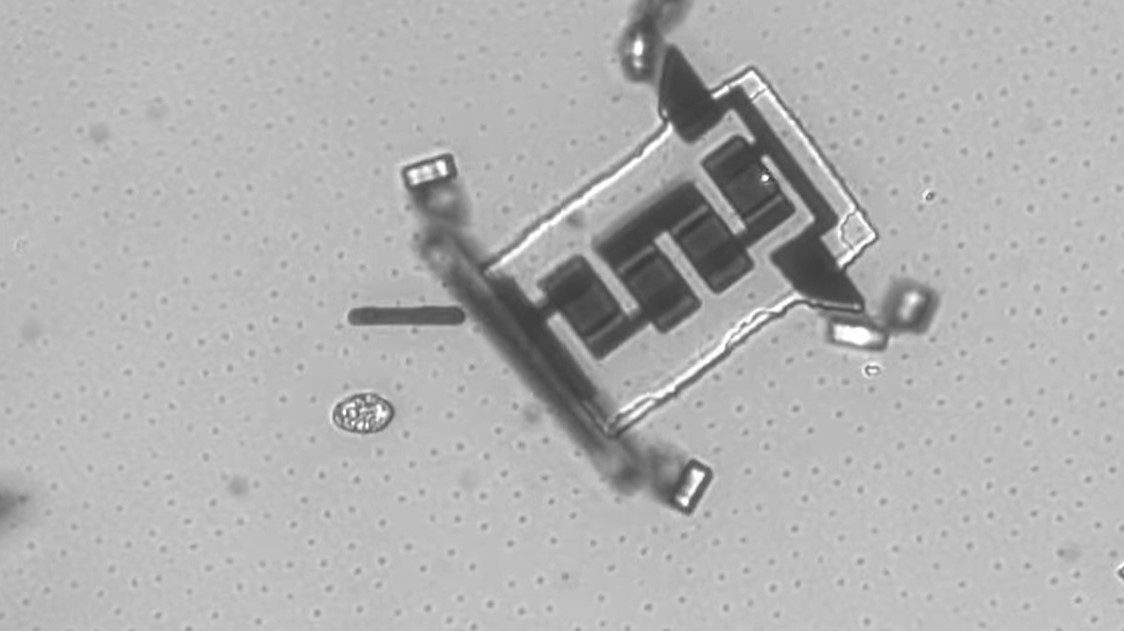What Will the Next Decade Bring for Medicine?

No one has a crystal ball, but some predictions that I made in recent years are coming into sharp focus with every scientific advance. For starters, every year, more organs of the body can be grown in the laboratory from our own cells. Just last year, a complete windpipe was grown and implanted in a woman. Also, for mice, a complete beating heart was grown from scratch using stem cells. Also, the technology of bio-printers is making major strides and will continue to do so over the next few years. These printers, such as the one developed by Invetech and Organovo, can print human tissue onto a three-dimensional template creating organs and even arteries. Read Organovo’s Press Release about their success of the “First Bioprinted Blood Vessels”. The Federal Drug Administration (FDA) has this past year given approval for the first tests of stem cells to cure spinal cord injury.
 Image & Text from Organovo.com: The NovoGen MMX Bioprinter™ is a novel hardware and software platform at the forefront of bioprinting research and development. The NovoGen MMX™ was developed to meet challenges in tissue engineering such as lack of a highly accurate method to build three-dimensional cellular and/or polymeric structures, architectural integrity, degradation problems with scaffold usage, subjective human interaction, and lack of automated, scalable processes capable of creating therapeutic tissues/organs for commercial applications in clinical settings. The NovoGen MMX™ was designed specifically to build sophisticated three-dimensional semi-solid cellular structures while maintaining high cellular viability throughout the printing process.
Image & Text from Organovo.com: The NovoGen MMX Bioprinter™ is a novel hardware and software platform at the forefront of bioprinting research and development. The NovoGen MMX™ was developed to meet challenges in tissue engineering such as lack of a highly accurate method to build three-dimensional cellular and/or polymeric structures, architectural integrity, degradation problems with scaffold usage, subjective human interaction, and lack of automated, scalable processes capable of creating therapeutic tissues/organs for commercial applications in clinical settings. The NovoGen MMX™ was designed specifically to build sophisticated three-dimensional semi-solid cellular structures while maintaining high cellular viability throughout the printing process.
Also, It took $3 billion to sequence all the genes of the first human. Now, the price had gone down to $50,000 per genome with predictions stating that within a few decades, it will go down to less than $100. For more information on the decreasing costs of this process, please refer to my January 2nd blog entry “Personal Genome Sequencing Technology is Now Faster and Cheaper—And Fits on a Tabletop“. The fact of the matter is that when the price decreases to such low amounts, then everyone will have their own owner’s manual, maybe in their credit card. By scanning millions of these genomes for young people, and then for old people, and then subtracting, we might be able to find the genes which control the aging process.
In science fiction, like Star Trek, there is device called the Tricorder which can magically scan any body and tell you what is wrong with it. Since the days of Star Trek, a few companies have built their own versions of this instrument, including NASA. Some of the more recent ones are software and hardware modifications to existing cellular phones. A health educator and her team based out of North Carolina made a few modifications to a cellular phone and allowed for it to take brilliant close-up images such as viewing thousands of individual cells in a droplet of blood. These types of portable devices, once they become refined will provide an extreme advantage to medical workers in the field who need results quickly without having to send them to another lab and wait for the results. As stated, these devices are already in their testing phases so it shouldn’t be too terrible long before the technology is both strong and reliable enough before they are readily available. Like everything else, it will be expensive at first. But as demonstrated above with the extreme decrease in the price of sequencing the genome. The price of such a “Tricoder” device will be next-to-nothing.

Image: A tricorder from the original Star Trek television series. In the series, there was actually three different types of tricorders — GEO (geological), MET (meteorological), and BIO (biological).
Some of what we will see in the future will include “DNA chips” in our toilet that can detect cancer when there are only 100 cancer cells. We will also have portable MRI scanners, the size of a cell phone compared to the room-sized ones of today. However, small MRI machines do exist today—the smallest is about the size of a purse. In the future, it will be the size of a cell phone, capable of looking inside our bodies.
Another major revolution in the works will happen in robotics. Robots will likely reduce the cost of medical care quite substantially. Already, surgeons are using the Da Vinci Surgical System (video below) to perform complex surgical operations with extreme precision and accuracy. Japan has already been perfecting the most advanced robot nurse that is able to lift patients right out of their wheelchair and set them into bed. Riba, the robot looks like an over sized teddy bear and has enough processing power to be able to respond to voice commands and recognize your face. In addition, advanced robotic software can now recognize people’s emotions, so our doctor might be a software program in our wall screen. This of course is something common that we have seen in all of our favorite T.V. programs and movies, often seen on a screen or as a hologram. For example, a Emergency Medical Hologram comes as a standard issue in all of the Starfleet ships and is programmed to aid patients in a medical emergency.
Video Below: Intuitive Surgical’s da Vinci® Surgical System combines superior 3D high definition vision with patented EndoWrist® Instruments allowing for enhanced dexterity, precision and control. The end result: a breakthrough in surgical capabilities.
Video Below: Kokoro Robotics in Tokyo has created a lifelike robotic nurse called Actroid-F and has essentially been designed to heighten a patients’ sense of security and to otherwise comfort them. Facial tracking software allows the robot to mimic facial expressions and head movements (as soon from the video). The company is already testing it in hospitals to examine patient reactions and plans to start shipping soon.
As I have stated in some of my television programs and also in my previous blog entry “The Future of Computing Power (Fast, Cheap & Invisible),” we are moving from an age of scientific discovery to scientific mastery—and the generation now alive is the most important one in all of history.





